#echinoderm
Text
This just in, starfish are a radially symmetrical head with a stomach.
God I love echinoderms
If you told someone that there’s an entire group of animals that develop butt first as embryos are born bilateral but then grow a radially symmetrical head like a cancer in their side that then bursts out and lives as a completely separate organism from its birth form and moves via hydraulic systems…
They wouldn’t believe you. Yet one of the most beloved cartoon characters is one of them.
#biology#genomics#genome#genomes#genome sequencing#evolutionary biology#echinoderm#starfish#asteroidea#bilateria#Deuterostome#Deuterostomia
5K notes
·
View notes
Text

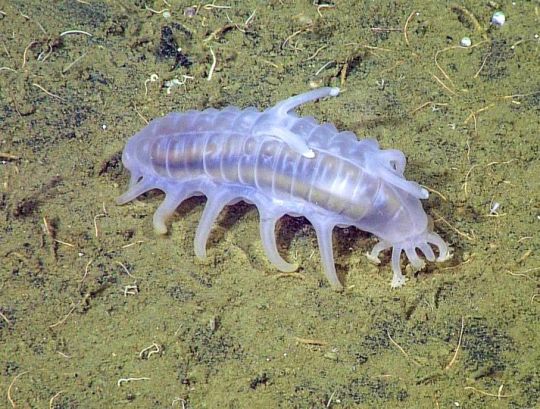
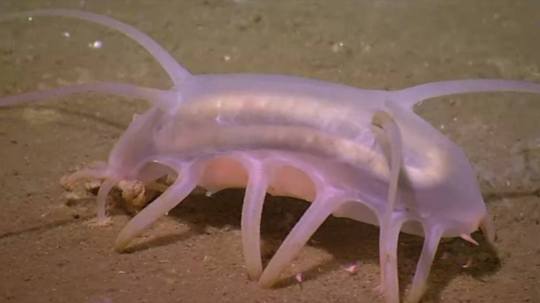

Sea Pig (Scotoplanes globosa), family Elpididae, specimens found in the deep sea off of the Pacific Coast of North America
The Sea Pig is a benthic deep-sea sea cucumber (class Holothuroidea) that walks using long tube-like limbs.
Like most sea cucumbers, they feed on detritus.
They have often been see congregating in groups of up to 30 individuals.
The 3 species of Scotoplanes are difficult to tell apart by sight.
photographs via: MBARI
#ocean#sea pig#scotoplanes#elpididae#holothuria#sea cucumber#echinoderm#animals#nature#north america
1K notes
·
View notes
Text

Basket star (Astrophyton sp.)
By: D. Clarke
From: The Complete Encyclopedia of the Animal World
1980
#basket star#echinoderm#invertebrate#1980#1980s#D. Clarke#The Complete Encyclopedia of the Animal World (1980)
2K notes
·
View notes
Text

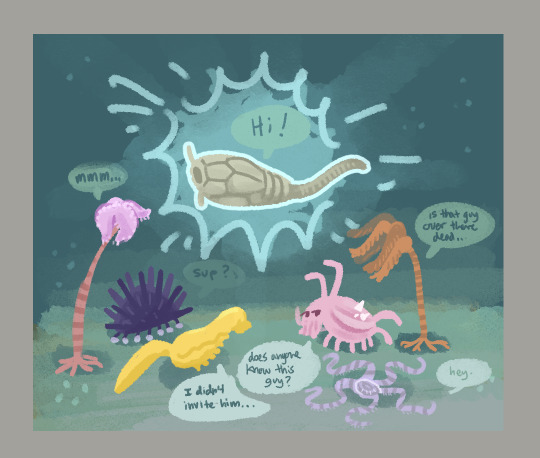


flocking time :)
#my art#paleoart#paleostream#dinocephalosaurus#enoploura#echinoderm#achelousaurus#arizonasaurus#dinosaur
584 notes
·
View notes
Text

Violet sea urchin (Sphaerechinus granularis), Arrábida Natural Park, Portugal
595 notes
·
View notes
Text


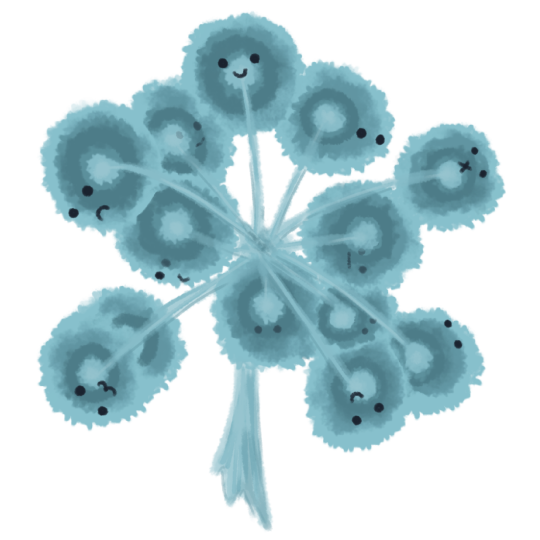
#just some sea creatures#for sticker designs prob#i know they dont have faces but#its called anthropromorphising#animals#zoology#marine biology#ping pong tree sponge#sea cucumber#sea pinapple#chordata#sponges#echinoderm
219 notes
·
View notes
Text
I feel like crinoids know what they're doing and every other echinoderm is just a mess. Sea daisies you don't even have stomachs, get it together
240 notes
·
View notes
Text

#feather star#crinoid#echinoderm#wet [critter creature or beast] wednesday#gif#sorry but “angel” is not a poll option :(
143 notes
·
View notes
Text
Paleostream 2/03/2024
here are this week's #Paleostream drawings!
today we drew Dinocephalosaurus, Enoploura, Achelousaurus, and Arizonasaurus
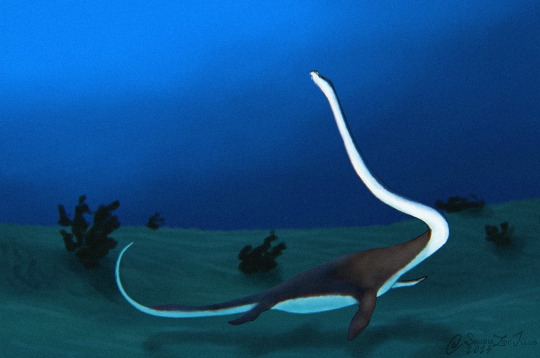


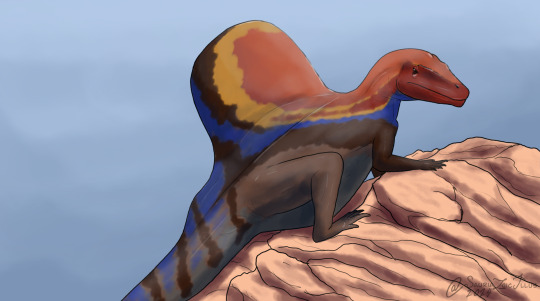
#paleoart#paleontology#digital art#artists on tumblr#digital artwork#palaeoart#digital illustration#id in alt text#sciart#paleobr#dinosaur#ceratopsian#archosaurs#echinoderm#Dinocephalosaurus#Enoploura#Achelousaurus#Arizonasaurus#paleostream
164 notes
·
View notes
Text
Wet Beast Wednesday: brittle stars
Some animals end up living in the shadows of others. Everyone knows about starfish, the famous branching echinoderms, and a lot of people know about brittle stars, but not as many people know that brittle stars aren't starfish, they're their own thing. But because they look similar, brittle stars are frequently mistaken for a type of starfish, rather than being recognized as their own animal. I aim to help these stars shine and be recognized as their own animal.

(Image ID: a green brittle star on a rock. It consists of a small, round central body with five long, slender arms arms emerging from it at equal distances from each other. Thea rams are lines on either side with small bristles. End ID)
Brittle stars are members of the class Ophiuroidea, which is closely related to Asteroidea, the true starfish. The name comes from the Greek "ophis", meaning "serpent", a reference to their long, skinny arms. Ophiuroidea is divided into two orders, Ophiurida (true brittle stars) and Euryalida (basket stars). As with all echinoderms, brittle stars are radially symmetrical, consisting of multiple body segments that radiate around a point, akin to the slices of a pizza. The majority of brittle star species have five segments, though a few have six or more. Similarly to starfish, brittle stars have their arms radiating out from a central disc. In brittle stars, all the organs are located in the disc and as long as the disc remains intact, the arms can be regrown. The mouth (which also functions as the anus) is located in the center of the disc and each body segment has a single jaw and tooth. Some starfish can regenerate into two animals if the disc is cut in half, but almost no brittle stars can survive being cut in half. That being said, some species can reproduce via fission, where the disc splits in half and each half regenerates into a fully-grown star. In brittle stars, the arms are narrower than the disc, making the disc much more visually distinct than in starfish, where it can be hard to tell where the disc ends and arm begins. The arms of a brittle star are slender and highly flexible. When in danger, a brittle star can sever one of its arms. This is usually done in response to predation, in hopes that a predator will opt to eat the arm while the star makes its escape. This is called autotomy and is the reason why the common name of these animals is brittle star. The arms are formed of multiple calcium carbonate plates called vertebral ossicles due to their resemblance to vertebrae. The ossicles are connected to each other by ball and socket joints, allowing for a great degree of flexibility. Most true brittle stars can flex their arms side to side, but not up and down, while basket stars can flex in all directions. In basket stars, the arms branch multiple times. Unlike starfish, brittle stars use their arms for locomotion. The arms move in a rowing motion to drag the star around. Some species can swim for short distances as well. By contrast, starfish (and urchins) move using tube feet. Tube feet are a common echinoderm trait and consist of small tubes with a sucker on one end that are inflated and moved with water pressure. Most echinoderms use their tube feet for movement and feeding. True brittle stars, by contrast, seem to use their tube feet primarily for sensory reception, though they are also used to help transport food to the mouth. Due to moving with their arms instead of tube feet, brittle stars are capable of much faster movement than starfish, though in short bursts. Like other echinoderms, brittle stars use a water vascular system, where water is drawn into the body and used to inflate and move the tube feet and as a substitute for blood. Brittle star reproduction is fairly standard for echinoderms. The males and females will release their gametes into the water column. Fertilized eggs develop into pluteus larvae, which swim using cilia. In the pluetus stage, echinoderms are bilaterally symmetrical. They become radially symmetrical during metamorphosis into the juvenile form.

(GIF ID. A pale white brittle star swimming by rapidly moving its legs. End ID).
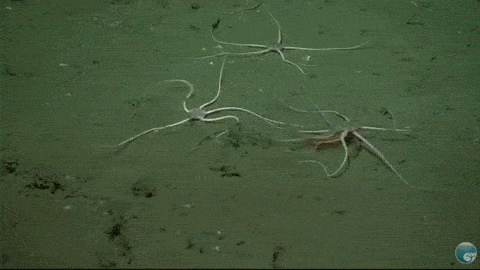
(GIF ID: two white brittle stars (with a third in the background) moving across sand by using their legs to push and drag themselves along. One appears to be carrying a red object in its mouth. End ID)

(Image ID: a basket star on a rock. The central disc in brown and has a pair of arms emerging from each segment. Each arm branches repeatedly and those branches have their own branches, resulting in a vaguely bush-like appearance. End ID)
Brittle stars are eyeless, but can detect light. Most animals, and a lot of non-animals, have some ability to detect the presence or absence of light. True vision, the ability to form images, requires more complex systems than the might-sensing cells most animals have. More specifically, it requires an eye. Or at least that's what we thought until scientists found evidence that the brittle star Ophiomastix wendtii may be able to form imaged without an eye by using its whole body as one big eye (a sea urchin, Diadema africanum) also seems to have this ability). Brittle stars are covered with light-sensing structures called opsins that can detect the presence or absence of light, but vision-forming sight requires the ability to determine how much light is coming from what direction. O. wendtii uses chromatophores to alter its color and these packets of pigment-changing cells are arranged in such a way that they may provide that directionality. In tests, O. wendtii would travel to shelter when exposed to light with a greater than change likelihood while the closely-related O. pumila would move at random when exposed to light. O. pumila lacks the types of pigment that O. wendti has, which could prevent it from being able to form the directionality needed for vision-forming sight. This is reflected in the species' behavior. O. wendtii moved toward shelter when exposed while O. pumila prefers to bury itself. The possibility for vision to exist without eyes means that a lot of animals we previously thought of as blind may actually be able to see, though probably not as well as animals with eyes.
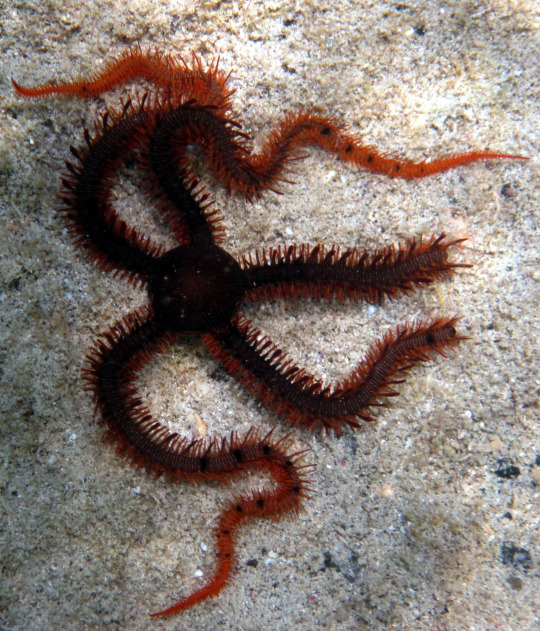
(Image ID: Ophiomastix wendtii, a red brittle star with larger bristles on its legs. Two legs are shorter and blunted, possibly having been damaged. End ID)
There are over 2,000 known species of brittle star that live all over the oceans, from shallow water to the deep sea. Most basket stars are seep-sea animals, though some shallow-water species are known. True brittle stars are mostly detritivores who crawl along sediment and eat bits of organic matter and tiny organisms. This behavior makes them seafloor engineers. Their feeding behavior stirs up the sediment, releasing nutrients and affecting the behavior of other species that rely on the sediment. Because of this, brittle stars are often highly important parts of their ecosystems. Some species follow different lifestyles. Some will target and eat sponges or coral polyps while others are active predators of small animals, filter feeders, or even omnivores that eat plant matter. Brittle stars often live in or on corals or sponges, which provide a source of protection. The relationship between star and coral or sponge may be symbiotic in some species, with the star eating parasites and pests that endanger its host. Basket stars are filter feeders that use their many branching arms to catch plankton. They need to live in places with a current as as such are often foudn on seamounts, where the underwater mountain directs the flow of water into currents. The star anchors itself to a rock, coral, or other surface and extends its arms into the current to make a net. The arms are lined with tiny hooks that catch plankton carried by the flowing water. Once caught, tube feet cover the plankton with mucus and transport it slowly to the mouth. The star will sometimes bring its arms to its mouth to speed up the process. When threatened, basket stars will bring in their legs and form a ball to protect the disc. Basket star arms are less muscular than those of true brittle stars and therefore they are not as fast. Basket stars generally get bigger than true brittle stars, with the largest species, Gorgonocephalus eucnemis, having a disc up to 14 cm (5.5 in) in diameter and an arm length of up to 70 cm (27.5 in).

(Image ID: a pale red brittle star with no bristles on its arms. It is climbing sea fan (type of coral with appearance similar to a fern), with its arms wrapped around the coral for stability. End ID)
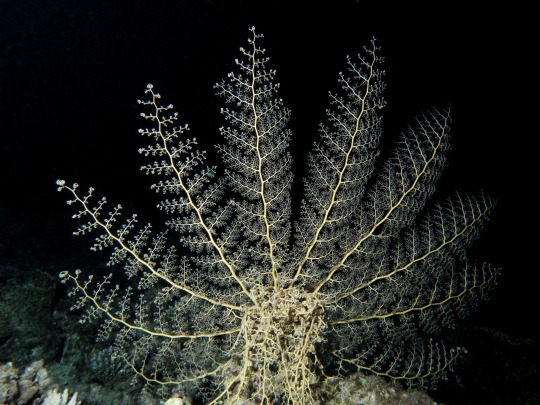
(Image ID: a basket star in feeding posture. It is on a rock with some of its arms used to support it. The rest of the arms are extended into the water column, with every branch fully extended. It looks kind of like pale white ferns. End ID).
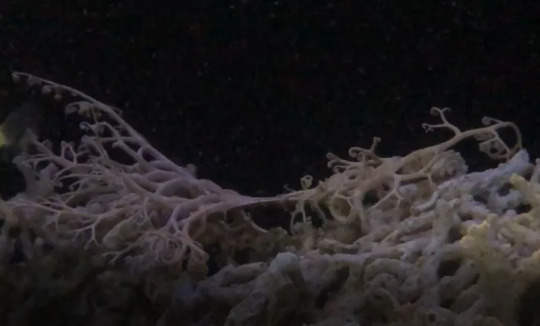
This basket star living in the St. Lucie County Aquarium in Ft. Pierce, Florida ripped itself in half shortly after being introduced to the exhibit. Esch half survived and regenerated into a full basket star. This is the only time this behavior has been seen in this species (Astrophytum muricatum). Of course, trying to rip yourself in half is a reasonable response to realizing you have to live in Florida.
(Image ID: a white basket star splitting into two halves, each with a portion of the arms. The only thing connecting the halves is a small strip of tissue. End ID)
#wet beast wednesday#brittle stars#basket stars#echinoderm#marine biology#marine life#animal facts#zoology#biology#ecology#pictures#image described
178 notes
·
View notes
Text

The squishiest snowflake
190 notes
·
View notes
Text
We already knew that starfish were pretty weird. These strange, sea-dwelling animals seem to have rules unto themselves. They are brainless, bloodless, digest their food externally, and regenerate body parts, sometimes into whole other new starfish.
But none of those are the creepiest thing about them. According to a new analysis of their gene expression, starfish and other echinoderms lack the architecture for an actual body.
They are essentially just mobile heads that sprouted the ability to crawl, say a team led by biologists Laurent Formery and Chris Lowe of Stanford University.
"From the perspective of ectoderm patterning," the researchers write in their paper, "echinoderms are mostly head-like animals."
Continue Reading.
362 notes
·
View notes
Text
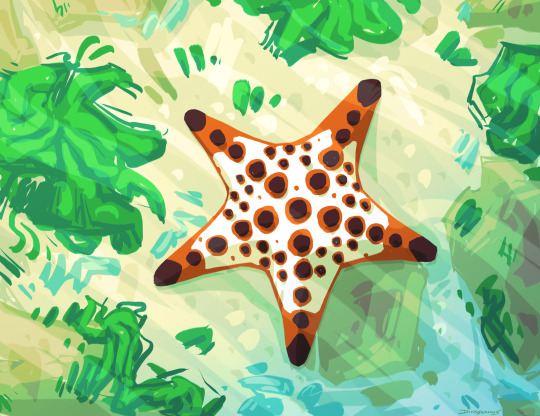
invertober day 25, horned sea star
212 notes
·
View notes
Text

Sea gherkin (Pawsonia saxicola)
By: Heather Angel
From: The Complete Encyclopedia of the Animal World
1980
#sea cucumber#echinoderm#invertebrate#1980#1980s#Heather Angel#The Complete Encyclopedia of the Animal World (1980)
533 notes
·
View notes
Text
starfish can turn themselves inside out
call that an invertebrate
293 notes
·
View notes
Text
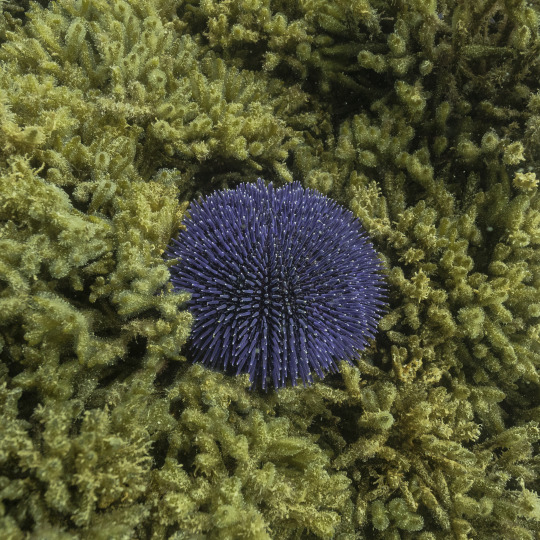
Violet sea urchin (Sphaerechinus granularis), Arrábida Natural Park, Portugal
202 notes
·
View notes